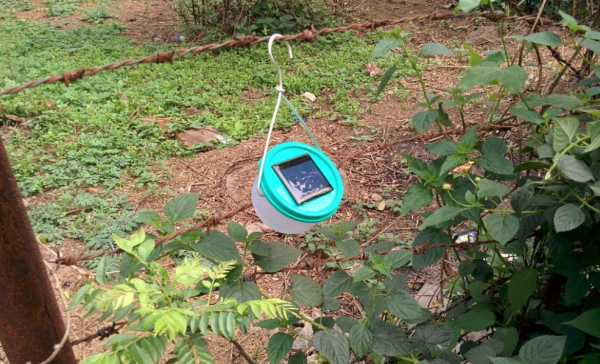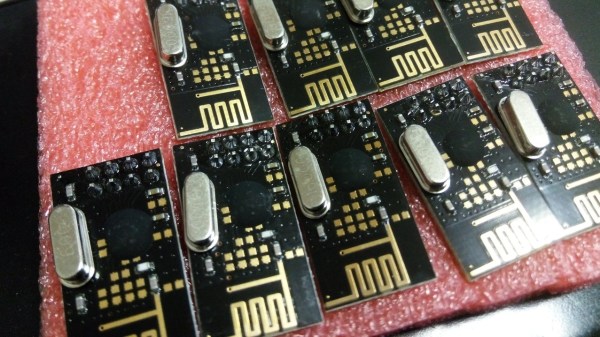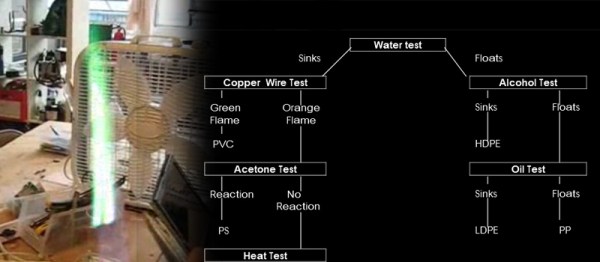India has a bit of a problem with electricity. In fact, over 74 million rural households live without power altogether. Instead they rely on burning fuel for light — and coincidentally, inhaling harmful smoke. Not to mention fuel isn’t cheap. [Debasish Dutta] wants to change this — so he came up with yet another solar powered light that is a low-cost alternative.
It’s a very simple light made out of a cheap Tupperware container, a 2V solar panel, a white LED, a rechargeable AA or AAA battery, a photo diode and a Joule thief (voltage boosting IC). One day of charging can provide approximately 20-22 lumens for the entire night of operation. While it doesn’t seem like much, a typical kerosene lamp puts out less than half that brightness.
And with the photo diode, it automatically turns on at night, and off during the day. A coat hanger doubles as both a stand for charging, and a hook for hanging it at night.
[Dabasish] says this is just the beginning and has a website dedicated to creating green energy and sharing it with the world. Video below.
Continue reading “Nocturnal Solar Light Bulb Saves Your Lungs”


















